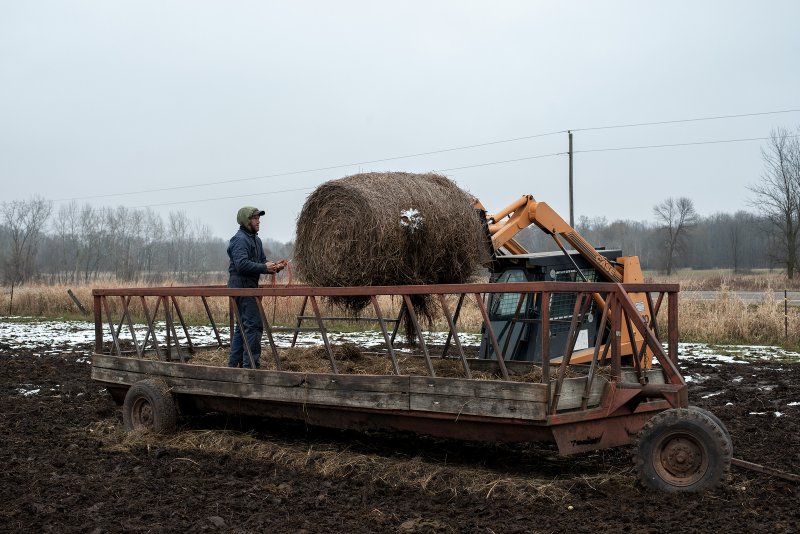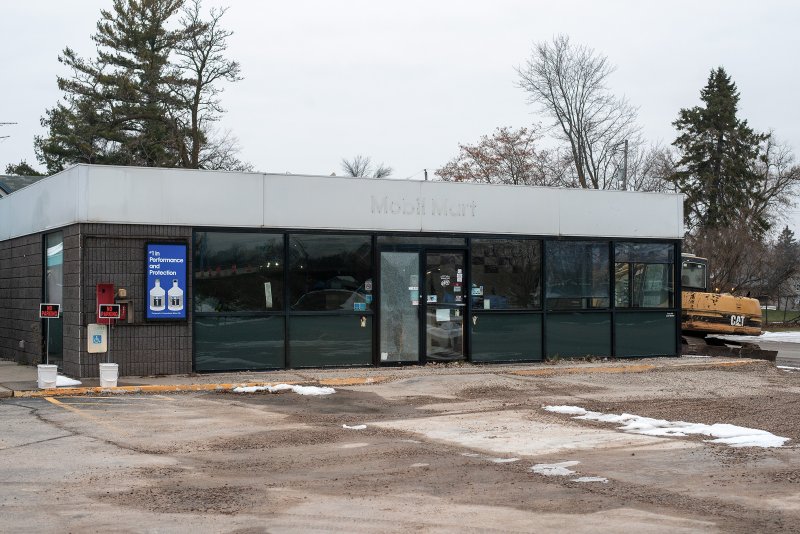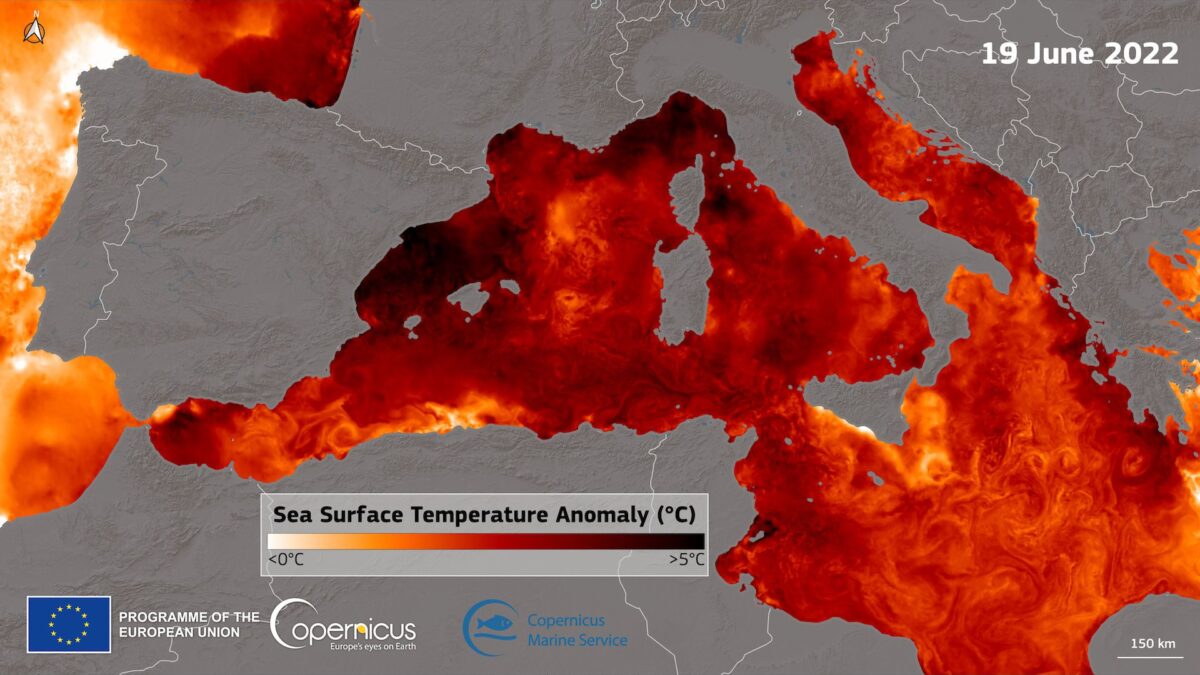Small American farmers are nearing extinction – “They’re trying to wipe us off the map”

By Alana Semuels
27 November 2019
FREMONT, Wisconsin (TIME) – For nearly two centuries, the Rieckmann family has raised cows for milk in this muddy patch of land in the middle of Wisconsin. Mary and John Rieckmann, who now run the farm and its 45 cows, have seen all manners of ups and downs — droughts, floods, oversupplies of milk that sent prices tumbling. But they’ve never seen a crisis quite like this one.
The Rieckmanns are about $300,000 in debt, and bill collectors are hounding them about the feed bill and a repayment for a used tractor they bought to keep the farm going. But it’s harder than ever to make any money, much less pay the debt, Mary Rieckmann says, in the yellow-wallpapered kitchen of the sagging farmhouse where she lives with her husband, John, and two of their seven children. The Rieckmanns receive about $16 for every 100 pounds of milk they sell, a 40 percent decrease from six years back. There are weeks where the entire milk check goes towards the $2,100 monthly mortgage payment. Two bill collectors have taken out liens against the farm. “What do you do when you you’re up against the wall and you just don’t know which way to turn?” Rieckmann says, as her ancient fridge begins to hum. Mary, 79, and John, 80, had hoped to leave the farm to their two sons, age 55 and 50, who still live with them and run the farm. Now they’re less focused on their legacy than about making it through the week.
In the American imagination, at least, the family farm still exists as it does on holiday greeting cards: as a picturesque, modestly prosperous expanse that wholesomely fills the space between the urban centers where most of us live. But it has been declining for generations, and the closing days of 2019 find small farms pummeled from every side: a trade war, severe weather associated with climate change, tanking commodity prices related to globalization, political polarization, and corporate farming defined not by a silo and a red barn but technology and the efficiencies of scale. It is the worst crisis in decades. Chapter 12 farm bankruptcies were up 12 percent in the Midwest from July of 2018 to June of 2019; they’re up 50 percent in the Northwest. Tens of thousands have simply stopped farming, knowing that reorganization through bankruptcy won’t save them. The nation lost more than 100,000 farms between 2011 and 2018; 12,000 of those between 2017 and 2018 alone.
Farm debt, at $416 billion, is at an all-time high. More than half of all farmers have lost money every year since since 2013, and lost more than $1,644 this year. Farm loan delinquencies are rising.
Suicides in farm communities are happening with alarming frequency. Farmers aren’t the only workers in the American economy being displaced by technology, but when they lose their jobs, they also ejected from their homes and the land that’s been in their family for generations. “It hits you so hard when you feel like you’re the one who is losing the legacy that your great-grandparents started,” said Randy Roecker, a Wisconsin dairy farmer who has struggled with depression and whose neighbor Leon Statz committed suicide last year after financial struggles forced him to sell his 50 dairy cows. Roecker estimates he’s losing $30,000 a month. […]
“Farm and ranch families are facing a great extinction,” says Al Davis, a Nebraska cattle producer and former state senator. “If we lose that rural lifestyle, we have really lost a big part of what made this country great.” […]
President Trump’s trade war hasn’t helped matters. After the United States slapped tariffs on Chinese goods including steel and aluminum last year, China retaliated with 25 percent tariffs on agricultural imports from the U.S.. China then turned to other countries such as Brazil to replace American soybeans and corn. “This was a market that took years to develop,” says Barb Kalbach, a fourth- generation corn and soybean farmer in Iowa, referring to China. “The president has worked very hard to make our markets unstable.” […]
One category of small farmers is thriving in the current marketplace: organic farms who can charge a premium for their crops and who can sell them locally. There were more than 14,000 certified organic farmers in 2016, up 58 percent from 2011. But switching to organic is expensive, and for farmers like the Rieckmanns who are already deeply in debt, not an option. They haven’t gotten a cent of aid from the government, Rieckmann says, since the assistance goes to the farms with the most farmland and animals. They’re not holding their breath that anything will change. “I sometimes feel,” says Mary Rieckmann, “like they’re trying to wipe us off the map.” [more]
‘They’re Trying to Wipe Us Off the Map.’ Small American Farmers Are Nearing Extinction



